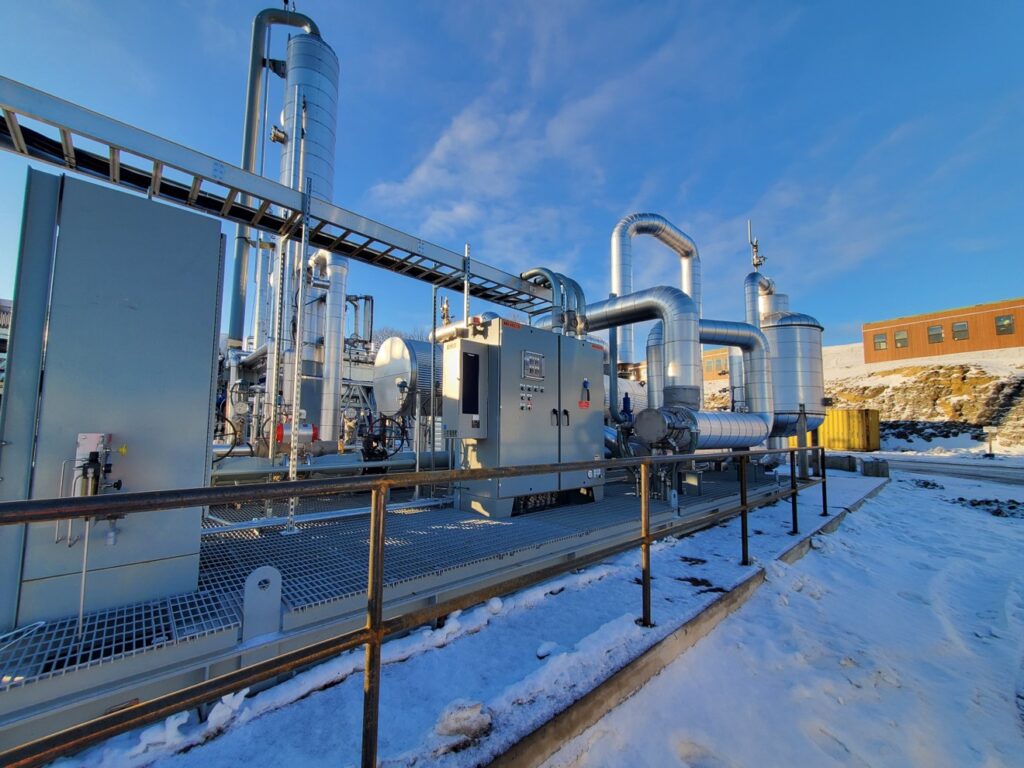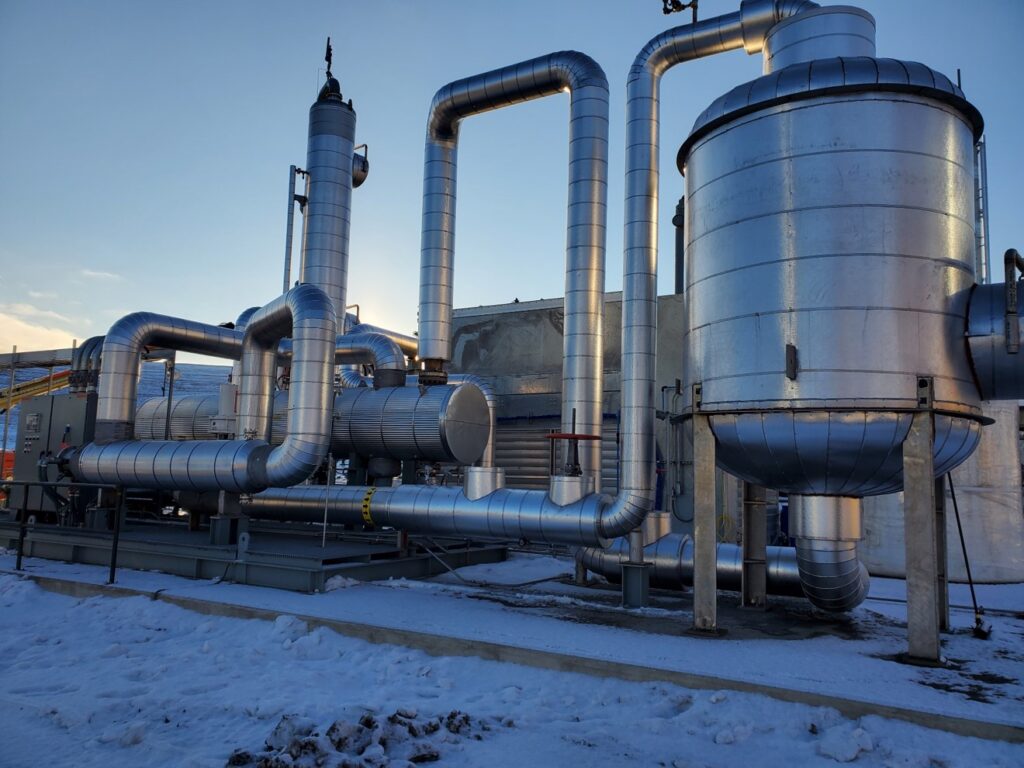Advanced O2 Depletion Solutions
Oxygen is a common impurity in landfills and, like nitrogen, is introduced into landfill gas (LFG) through air ingress. The presence of oxygen, along with moisture and trace sulfur impurities, can corrode pipeline infrastructure, leading to significant downtime and maintenance costs. That’s where Deoxygenation (DeOxo), an advanced oxygen removal system, comes in. Designed to tackle oxygen levels in renewable natural gas (RNG) sources like landfills and dairy digesters, DeOxo ensures your operations stay efficient and cost-effective.
Why is Oxygen Removal Crucial?
The oxygen content in landfill gas typically ranges from 1% to 2.5%. However, outlet specifications are pipeline-driven, with values ranging between 5 ppmv and 0.2 mole%. High O₂ levels can lead to operational inefficiencies by potentially impacting recovery. And, Pressure Swing Adsorption units (PSAs) can remove oxygen, but they negatively impact methane recovery.
DeOxo’s Advanced Technology
The DeOxo process uses a catalytic oxidation system featuring a precious metal catalyst. This process produces CO₂ and water as by-products, typically resulting in CO₂ levels below pipeline specifications but water levels above allowable limits, requiring further treatment.
BCCK’s deoxygenation (DeOxo) units can handle a wide range of flows and oxygen levels, making them suitable for various industry application.
DeOxo Gallery



Applications for DeOxo
DeOxo units are engineered for a wide range of industries and scenarios, providing unmatched flexibility:
- Landfill Gas: Precisely handles variations in flow rates and oxygen concentrations.
- Renewable Natural Gas: Optimizes O₂ removal for dairy and agricultural digesters.
- Pipeline Management: Helps meet strict outlet oxygen and CO₂ specifications.

DeOxo Features
- Oxygen Processing Range: Capable of handling O₂ concentrations from 0% to 2.5%.
- Ultra-Low Outlet Oxygen Levels: Achieves <1 ppmv outlet oxygen specifications.
- High Scalability: Suitable for flows starting at 100 SCFM, with seamless scaling for larger operations.
- Low Environmental Impact: No emissions produced during deoxygenation.
- Temperature Efficiency: Operates at high reaction temperatures (550-700°F) for optimal performance.

